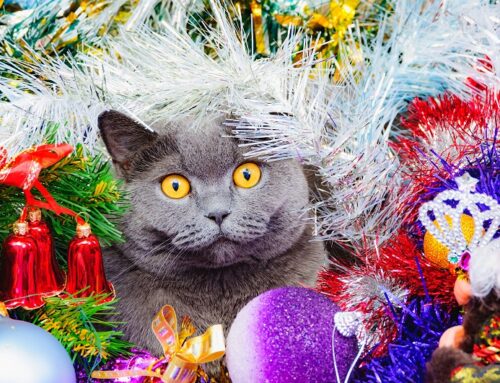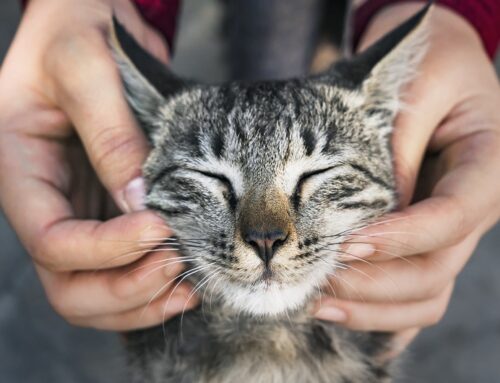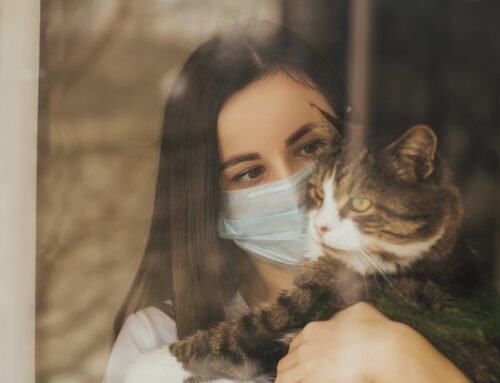A cat’s natural diet is high in protein with moderate amounts of fat. However, for cats, all proteins are not equal (plant protein vs. animal protein). They are strict carnivores and rely on nutrients in animal tissues to meet their specific and unique nutritional requirements. This does not mean that cats cannot use carbohydrates as a source of metabolic energy; however, carbohydrates do not replace or reduce their need for animal protein. Felines rely on animal fats and proteins for all of their structural and synthetic purposes, as they lack enzymes needed to convert plant fats and proteins into the essential animal fatty acids and amino acids.
A few of the essential amino acids needed by cats are taurine, arginine, methionine, and cysteine. Taurine is essential for vision, cardiac muscle function, and proper function of the nervous, immune and reproductive systems. Arginine is essential for various metabolic pathways. Both methionine and cysteine are utilized as a source of energy in addition to being broken down into other amino acids, as well as being used in various metabolic pathways. Cysteine is also required for the production of hair and felinine, an amino acid found in the urine of cats. All of these amino acids are abundant in various animal tissues but do not occur in plants. Omnivores (such as dogs and humans) can produce these amino acids from plant precursors when the direct form (animal protein) is not available. For cats, this is not possible. Additionally, they cannot down regulate the need for these amino acids, even when they are not present in their diet. This means that cats fed a high plant protein diet will eventually become deficient in the essential amino acids.
While the inability to synthesize essential fatty and amino acids may seem like a drawback, these mechanisms are actually very efficient for cats. They have removed many redundant enzyme systems because the end products (fatty and amino acids) are so abundant in their natural diet. However, most cats do not eat or have access to their natural diet. Fortunately, all currently produced commercial diets are supplemented with the basic essential amino acids. This does not mean that all commercial diets are created equal! Most (pate style) canned foods naturally contain a higher amount of animal-based protein compared to dry foods. This is due to the fact that carbohydrates are needed for expansion and cooking processes of dry kibble. Even if a dry food is labeled high in protein, it is usually due to the plant protein portion of the food. Companies are not required to distinguish between plant and animal based proteins in the total protein content of the food. So far, no one has found a way to make a meat kibble.
This newsletter is just a very basic overview of fat and protein requirements in cats. There is still much that is not known, but we are slowly learning what cats truly need. For more information, the website www.catinfo.org has a link to the journal article “The carnivore connection to nutrition in cats.” Much of the information in this newsletter came from this source, and I hope you didn’t find the content to be too dry!
Have a safe and wonderful autumn! =^_^=








